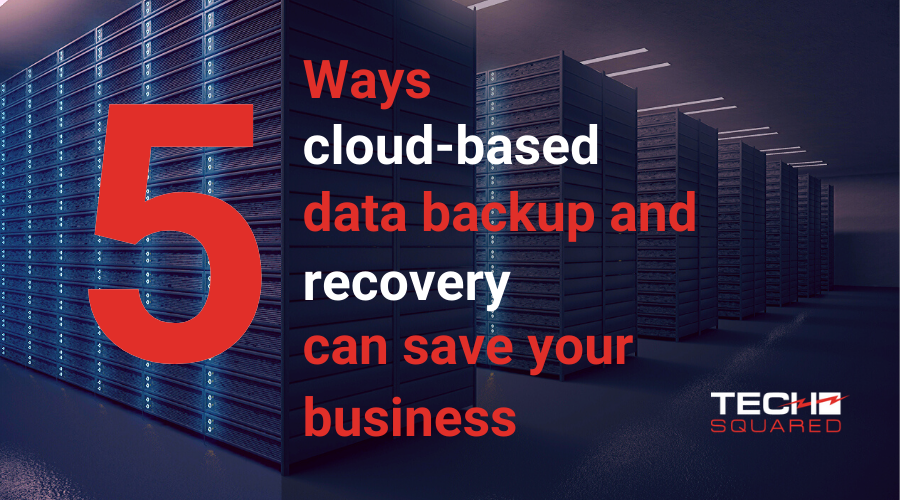New threats to your company’s digital assets emerge every day. While it’s important to take every reasonable effort to protect your systems, there’s no such thing as a perfect solution that you can depend on entirely. That’s why having an up-to-date backup and disaster recovery (BDR) strategy is a critical component of your operational environment.
Here’s how the cloud can help protect your business in virtually any eventuality:
#1. Tap into off-site redundancies
When you store data in the cloud, it’s typically stored in three or more physical locations. The major cloud providers, such as Amazon, Google, and Microsoft, have data centers located all over the world, and they use these redundancies to keep data safe from a multitude of threats, such as natural disasters and hardware failures.
But that doesn’t mean your data is always safe. Without a documented BDR strategy, there’s no telling what will happen if a problem occurs on your end. Data in the cloud might be deleted accidentally at the request of an employee, for example. But with a cloud-based backup strategy, you have better control and far stronger redundancies.
#2. Streamline backup operations
In the old days, businesses relied on tape drives for backup. The process involved buying new tape reels on a regular basis, archiving data onto them at specific intervals, and then having them shipped off to a secure off-site location. Naturally, it was a laborious and expensive task, and one that was vulnerable to human error.
With cloud-based data backups, the entire process can be automated. You can synchronize any amount of data and have it automatically archived across multiple snapshots. Better still, tapping into the cloud gives you access to the practically limitless amount of storage of today’s major data centers.
#3. Keep downtime to a minimum
The great thing about the cloud is that it’s always on, and it’s always available. All you need is an internet-connected device to access your apps and data. The same applies to backups. If you need to access your data in the cloud, you can do so even if your primary workplace has been rendered inoperable.
Cloud BDR, especially when combined with a cloud-first computing infrastructure, allows you to get back to work sooner. In fact, if your apps and data are hosted online in the first place, employees should even be able to continue working from home. This keeps downtime to a minimum or even eliminates it entirely.
#4. Eliminate unexpected costs
The costs of conventional backup are enormous, particularly once you reach a certain scale. With the amount of data generated by today’s organizations increasing all the time, there’s a constant need to add more storage capacity. That gets expensive, and it’s often not easy to determine how much you’re going to need over the next few years.
Other unpredictable costs associated with conventional backup strategies include the costs of recovery and remediation. For example, you might need to have off-site backups couriered to your workplace, or you might need to replace all your existing in-house infrastructure. With the cloud, it’s all about software and all the versatility it brings.
#5. Improve security and compliance
A common fear is that data isn’t going to be as safe in the cloud as it is in-house. After all, the greater accessibility of cloud-hosted resources leaves many business leaders feeling that hackers will also have an easier time getting their hands on their assets. But this is a myth, not least because the major cloud providers have the funding to support the redundancies and security measures that smaller organizations couldn’t ever hope to.
Today, there are many cloud providers that specialize in certain industries to ensure that the standards of compliance and security are met. A unified cloud strategy that incorporates BDR gives you complete visibility into your data while streamlining security and compliance as regulations demand.
Tech Squared provides cloud services and solutions that reduce stress and add value. Call us today to find out how.
Download our free eBook!
Read our free eBook, Demystifying the Cloud and and learn how your business can benefit from this technology.


